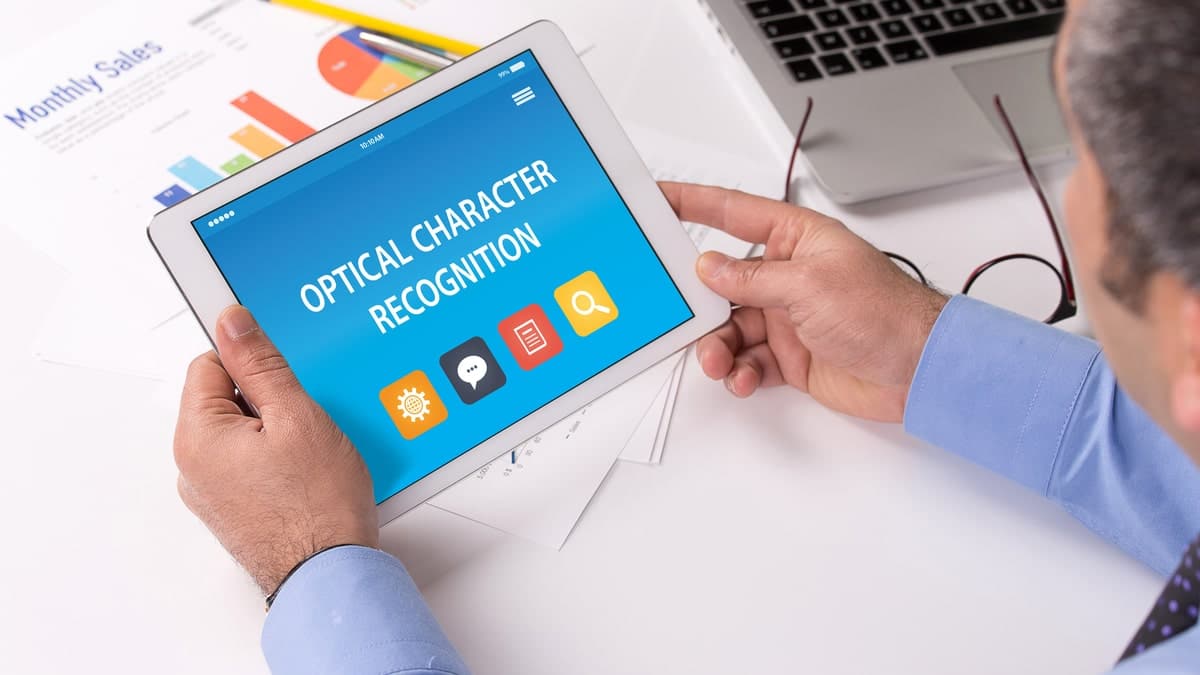Optical Character Recognition (OCR) technology emerged as a cornerstone in the digitization of printed and handwritten materials. This sophisticated technology adeptly interprets various document types, from scanned paper documents and PDF files to images captured with a digital camera, transforming them into editable and searchable formats. OCR’s role in converting static images into dynamic text data marks a significant leap in how information is processed and accessed in the digital era.
At the heart of OCR technology lies its ability to recognize and understand characters from images. This process starts with the analysis of the structure of the document image. OCR systems initially identify text areas, separating them from graphics or images, which is crucial in understanding the layout of the page. Following this segmentation, the OCR software proceeds to the core process of character recognition.
Table of Contents
Delving Deeper into Character Recognition
Character recognition is the centerpiece of OCR technology. This phase involves two critical steps: pattern recognition and feature extraction. Pattern recognition is where the OCR software matches images of characters against a set of pattern images. In simpler terms, the software compares the shapes in the image to stored ‘known’ character shapes and finds the closest match.
Feature extraction, on the other hand, is a more refined approach. Here, the software identifies specific features of each character, like lines, loops, and intersections. This approach is particularly effective in handling different fonts and styles, as well as degrading print quality.
Moreover, advanced OCR systems incorporate machine learning algorithms. These systems are trained on vast datasets of text in various fonts and formats, improving their accuracy in character recognition, especially for challenging fonts or poor-quality images. This machine learning aspect continually evolves, allowing OCR technology to adapt to new text styles and languages.
Tackling Handwriting and Complex Documents
While OCR is highly effective with printed text, handwriting presents a unique challenge due to its variability. Modern OCR systems, however, are increasingly adept at interpreting handwritten texts. They use advanced algorithms that can handle the nuances and variations in human handwriting, although the accuracy can vary based on the legibility and consistency of the writing.
Complex documents with mixed content, such as text embedded in images or multi-column layouts, also pose challenges. OCR technology addresses this by employing sophisticated layout analysis algorithms. These algorithms can distinguish between different types of content on a page, enabling the accurate extraction of text even from complex document structures.
Enhancing Accuracy and Efficiency
Ensuring high accuracy in Optical Character Recognition (OCR) systems is essential. Various elements influence this precision, including the quality of the original material, text clarity, and the advanced nature of the OCR software. Key preparatory steps such as correcting image alignment, reducing background noise, and enhancing image contrast are fundamental in optimizing the image for effective character recognition.
Post-processing is equally important. It involves spell-checking and context analysis to correct recognition errors. This step often uses language models to ensure that the output text is coherent and grammatically accurate.
OCR in Action: Real-World Applications
OCR technology has diverse applications, making it a valuable tool in numerous sectors. In the legal field, OCR helps in digitizing volumes of case files, enabling quick search and retrieval of information. In healthcare, patient records and prescriptions are digitized for better record-keeping and accessibility. In business, OCR streamlines data entry processes, converting physical documents into digital formats for easy storage and access.
An emerging application of OCR is developing image to text converter tools. These tools are becoming increasingly popular for digitizing old books and documents, making them accessible and searchable online. They also play a critical role in accessibility, helping visually impaired individuals convert printed text into speech or Braille.
The Future of OCR Technology
Looking toward the future, the Optical Character Recognition (OCR) technology is being reshaped by the integration of artificial intelligence and machine learning. This progression is enhancing the precision and efficiency of OCR systems and broadening their scope to interpret complex documents and diverse languages with greater accuracy. The advancement of OCR technology signifies a pivotal shift in the way text is extracted and utilized, bridging the tangible realm of printed material with the ever-expanding digital universe. As OCR continues to advance, it promises to redefine our methods of handling and accessing written information, marking a new chapter in the synergy between technology and text processing.








